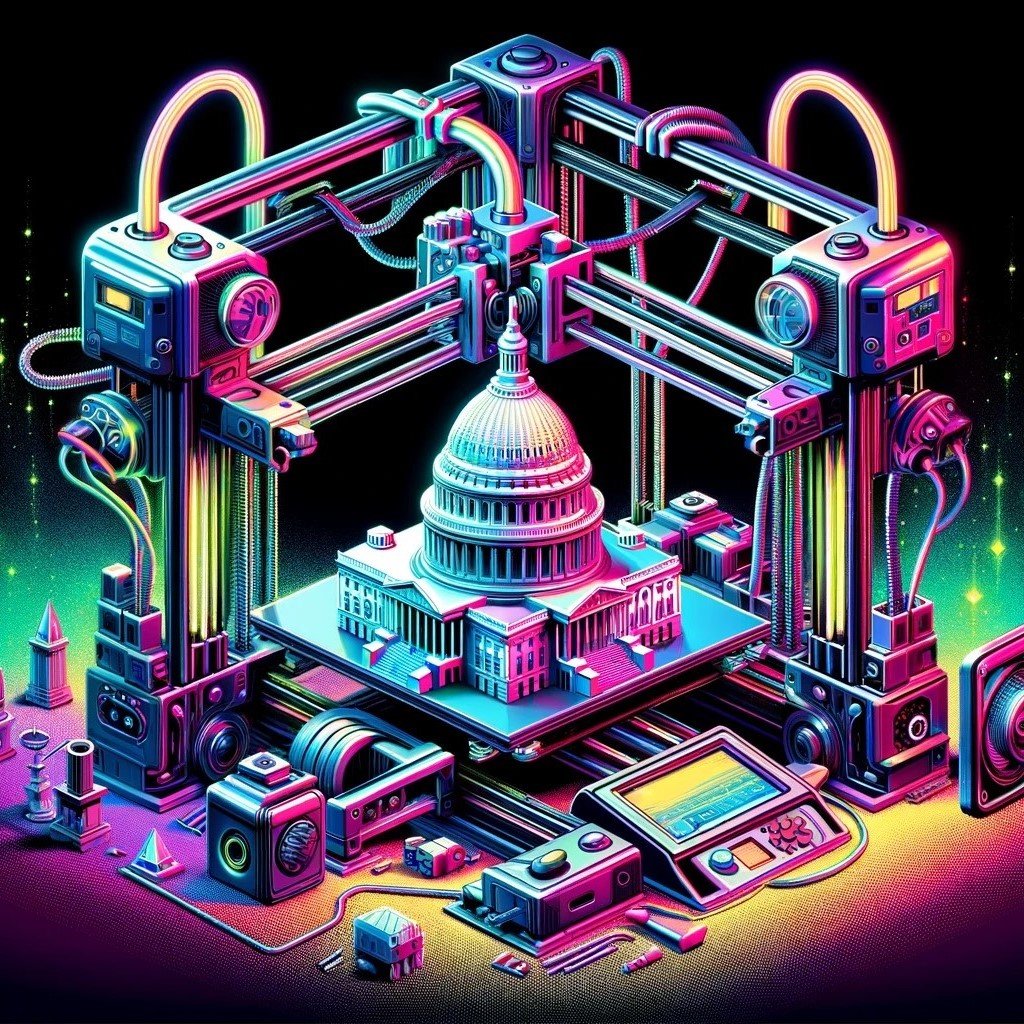Members can secure funds for district-based projects.
Why This Matters
One of a Representative’s greatest non-legislative powers is their ability to impact how federal resources are sent to or invested in their home district through the appropriations process. Each year, Congress sets aside resources (typically less than 1% of the discretionary budget) to be distributed among states for improvements across the country. Members of Congress jockey to secure these funds for their districts as federal programs and initiatives expand.
This funding for special projects, commonly referred to as “earmarks,” grew in complexity and controversy as the Chambers struggled against their abuse due to conflicts of interest, oversight challenges, and a lack of transparency. In 2011, Congress implemented an earmarks ban, leaving this power to rest exclusively with Members of the Appropriations Committee, who held a tight grasp on federal purse strings until a new approach was recommended by ModCom and implemented in 2022.
How It Happened
Recognizing the unequal opportunity for Members to exercise their Article I authorities to vie for resources to benefit their districts, ModCom Members hosted several discussions to brainstorm a bipartisan solution to allow all Members to advocate for funds that simultaneously placed restrictions to avoid corruption or abuse of the system.
ModCom succeeded in approving recommendation #85, and in FY22, the House began the Community Project Funding (CPF) program, incorporating many of the bipartisan recommendations made by Members on ModCom and beyond, including:
Limiting CPF spending to 1% of discretionary spending
Limiting requests to certain agency programs or “eligible accounts”
Allowing only nonprofits or government entities to submit requests
Limiting Member requests to ten projects
Requiring Members of Congress to certify that neither they nor their family members have any financial interest in the project
Requiring public disclosure of requests on Member websites and the Committee’s website
Additionally, the CPF program requires a Member statement explaining why a particular project is a good use of taxpayer funds and will prioritize those projects with demonstrated “community support” — helping to level the playing field both among Members and those entities submitting requests. Congress also established new transparency requirements for CPF and required GAO to annually review implementation each year.
This is a success story driven by Members. The champions of this reform, including but not limited to Rep. Steny Hoyer [D, MD] (see written testimony), Rep. Pete Aguilar [D, CA] (see written testimony), and Rep. Mike Rogers [R, AL] (see his offered resolution to the GOP conference in 2021), recognized that all Representatives needed a better tool to champion their district’s needs and reinstated that authority with increased transparency and accountability.
The Impact
FY24 appropriations included approximately $14 billion in CPF and Congressionally-directed spending. This represents nearly 8,000 projects and will provide direct federal investments to hundreds of county programs and critical infrastructure projects aimed to better serve communities.
In FY23, Congress designated $15.3 billion for about 7,200 local or community projects through this new process. This was in addition to designated funds totaling $9.1 billion for almost 5,000 projects in FY22. (GAO hosts an interactive graphic linked on its website where constituents can see where CPF funding is directed.)
Next Steps
The unpredictability of the appropriations process has resulted in inconsistent and unreliable funding across all federal agencies and programs. The impact of Congress not passing budgets on time or deciding to move forward with continuing resolutions (commonly referred to as “CRs”) affects the CPF program the same as it does other programs, minimizing Members’ ability to get needed resources to their home districts. In discussing challenges and potential solutions to Congress’ budget and appropriations process, ModCom made a number of recommendations, including #86-#92.
These reforms and similar efforts to return Congress to a trustworthy appropriations cycle are in need of champions.
Glossary
ADA = Americans with Disabilities Act
AOC = Architect of the Capitol
CHA = Committee on House Administration
CAO = House Chief Administrative Officer
CDTF = Congressional Data Task Force
COLA = Cost-of-Living Adjustment
CPF = Community Project Funding
CR = Continuing Resolution
GAO = Government Accountability Office
GAO STAA = The Government Accountability Office’s Science, Technology Assessment, and Analytics team
GenAI = Generative Artificial Intelligence
HIRO = House Intern Resource Office
HDS = House Digital Service
LIS = Legislative Information Service
LLM = Large Language Model
MIA = Modernization Initiatives Account
ModCom = The House Select Committee on the Modernization of Congress
ModSub = Subcommittee on Modernization (ModSub) within the Committee on House Administration
MOU = Memorandum of Understanding
NMO = New Member Orientation
OCWR = Office of Congressional Workplace Rights

